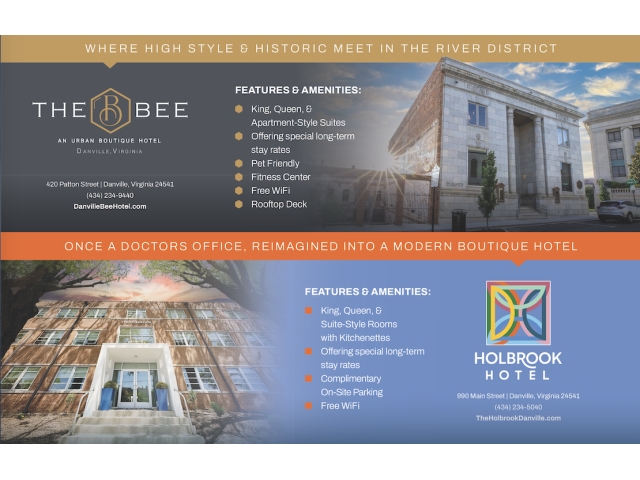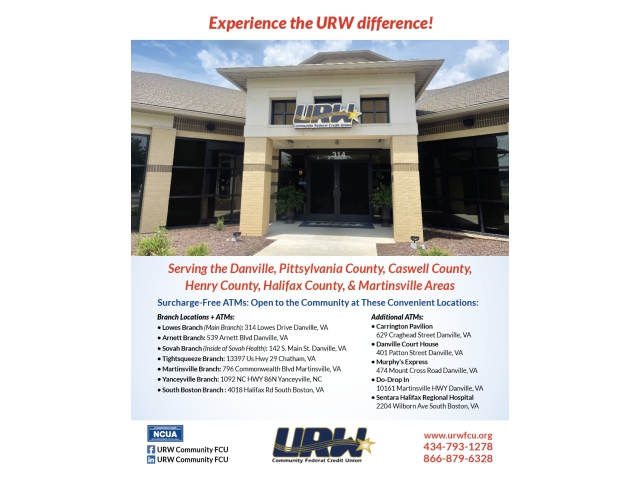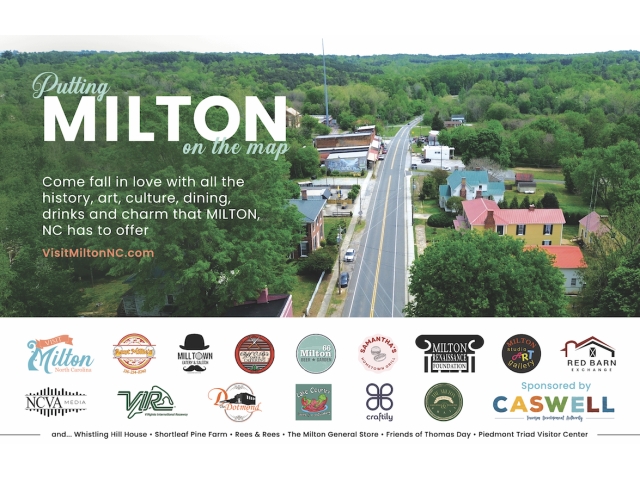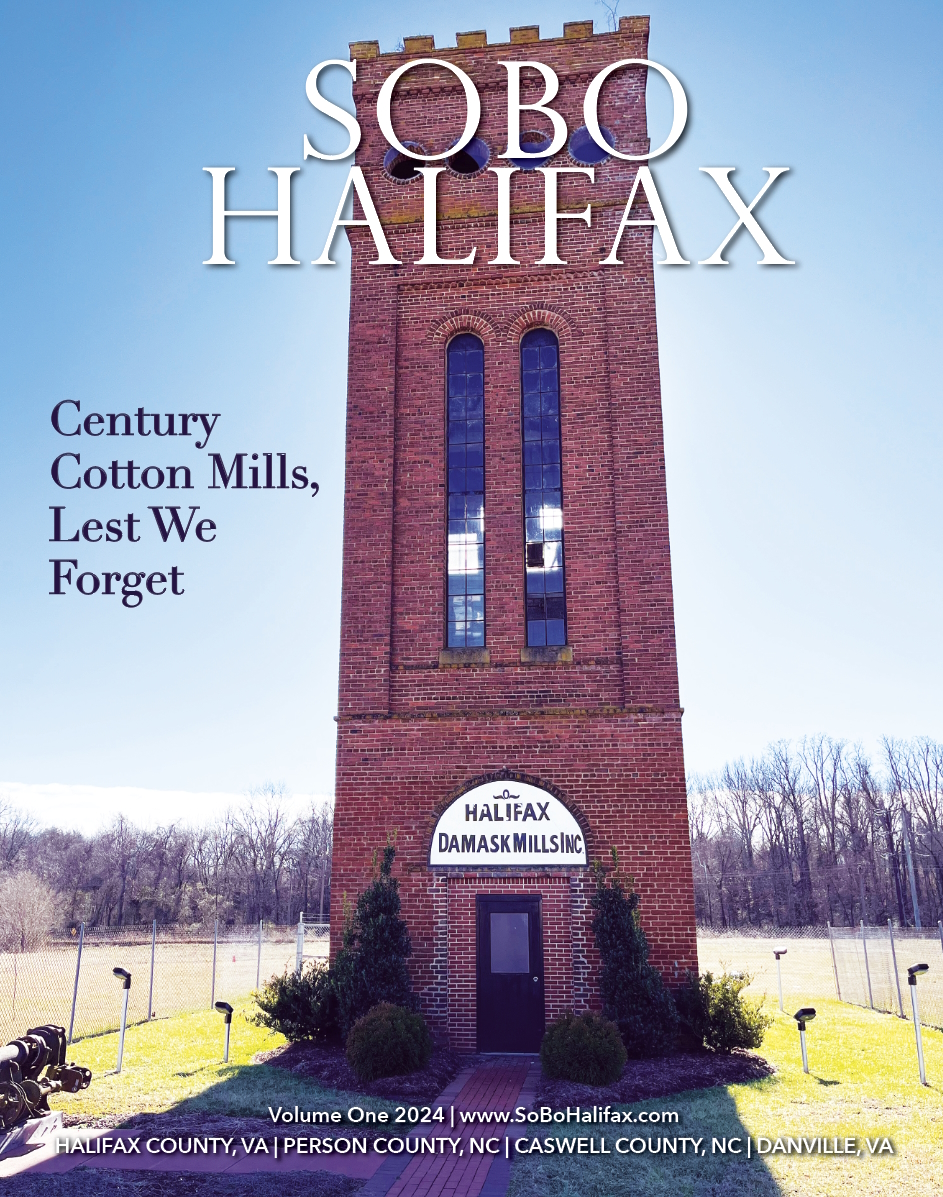
SoBo Halifax Magazine - Spring 2024
It’s gone by numerous names over the past 100 years: Century Cotton Mills, New Century Cotton Mills, Halifax Cotton Mill, and Damask Mill are just a few. Located on Railroad Avenue in South Boston, Century Cotton Mills has had a long and vital history in Halifax County.
It started in 1897 when local investors created a cotton and woolen mill charter. They initially named it Century Cotton Mill to help celebrate and usher in the new century. The mill’s products were advertised as “dress goods, waisting, and bleached muslin.” Within a few years of opening, sales were good enough to justify expanding the facility. By 1911, the principal product became hosiery. In the 1920s, more expansion occurred in the form of a weave room, a bleachery finishing plant, a sewing room, offices, and warehouses. By 1927, the mill became completely self-sufficient. Raw cotton bales were brought onsite and processed through finished products. It was the heyday of Made in America products.
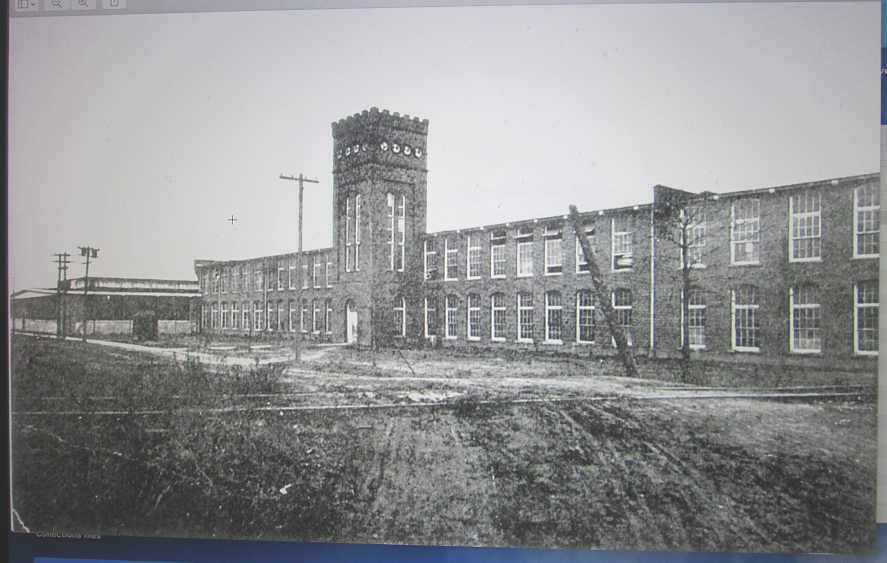
During the 1920s, the company became a significant player in the damask tablecloth industry. While this may sound blasé, the red and white checkered tablecloth remains one of American history’s most photographed pieces of cloth. Keep that in mind the next time you flip through family pictures or watch an old Hollywood movie to see if you can spot one in the background. The mill naturally evolved into producing drapes and dress goods in Jacquard designs and cloth baby diapers with padded seats and a unique contour cut that eliminated having to fold it before putting it on the baby. No parent today who uses disposable diapers can appreciate how revolutionary this was.
During World War II, the mill, like many other US-based companies, pitched in for the war effort. Their simple but vital contribution was cotton sheets for the military.
Over the decades, the mill changed hands and names numerous times but remained a cornerstone of employment within the community. In fact, it was the second-largest employer in Halifax County, with tobacco being the obvious first. The mill started with 125 hands in 1907, and by the mid-1960s had grown to 266 employees.

It is hard to grasp just how big a deal Century Cotton Mills was for the community. There are no 21st-century companies to which it can be compared. It was the livelihood for many families in the county. The owners saw the employer-employee relationship as a symbiotic long-term bond. Yes, we see companies today give their staff vacation time and a few sick days, but many are quick to toss good workers aside when they no longer serve a purpose or “don’t hit their numbers” that quarter. On the other end of the spectrum, modern-day Gen Z employees spend, on average, two years and three months at their job before moving on (according to CareerBuilder). Other data has this timeline even shorter.
Companies like Century Cotton Mills understood they were an empty shell without their employees and invested in this vital resource. They offered benefits that have since been lost to history. For example, soon after the doors opened, a small brick schoolhouse was added to the mill’s property, and three teachers (one for kindergarten and two for the common school) were hired to educate the employees’ children — all paid for by the company. The schoolhouse served a double purpose when it offered night classes for employees who wanted to further their education. Tiny bungalow homes, nicknamed Mill Town, were built for employees around the neighborhood. Many of these homes are still standing today. There was even a rumor of a swimming pool for staff, which I could not confirm.

With that said, older companies were not without their share of problems. Child labor is a sad stain on our country’s history. In the early days, Century Cotton Mills was not devoid of this sin. However, they were a bit of an enigma, as they were also one of the first companies to employ both females and African Americans.
The old saying is death and taxes are the only guarantees in life. Two additional guarantees rarely mentioned are time and change. Time and change eventually visited the sleepy community of South Boston, and by the mill’s centenary, the doors had closed. The late 1990s and NAFTA put the final nail into the proverbial coffin as it did to so many US-based manufacturing and textile companies.
Over the decades, the area on Railroad Avenue was subject to flooding, and in the early 2000s, the mill was eventually torn down with only the tower entrance remaining.
Only a few years ago, the town almost took away the last vestige of this vital piece of history. In 2015, South Boston decided to remove the tower. Enter Barbara Bass and the Halifax Historical Society, who pleaded with the town to keep the tower as a memorial. The town agreed to a 90-day reprieve, giving the Halifax Historical Society a small window to raise the necessary funds to save the tower. Barbara and the team went into fundraising overdrive and sold laser-etched personalized bricks to help raise the money required to preserve the tower. Citizens who once had family work at the mill or who wanted a loved one remembered purchased the bricks. The bricks were then laid on the walkway outside the tower.

The funds were used to install a fence and shore up the tower. Scaffolding was brought in, brick siding was repointed, and the glass and roof were replaced. Then, in 2016, the building became a historical fixture in Halifax County. Throughout the process, the entire community pitched in to help. Elliot Electric installed lights on the tower at no cost.
The tower is not open to the public at this time. Moving forward, the Halifax Historical Society plans to approach the town to discuss continuing work on the windows, structure, and roof. They want to guarantee that this piece of Halifax County history is preserved for future generations.

The Halifax Historical Society
Barbara Bass, President
(434) 579-0083
bdbass@cstone.net
























